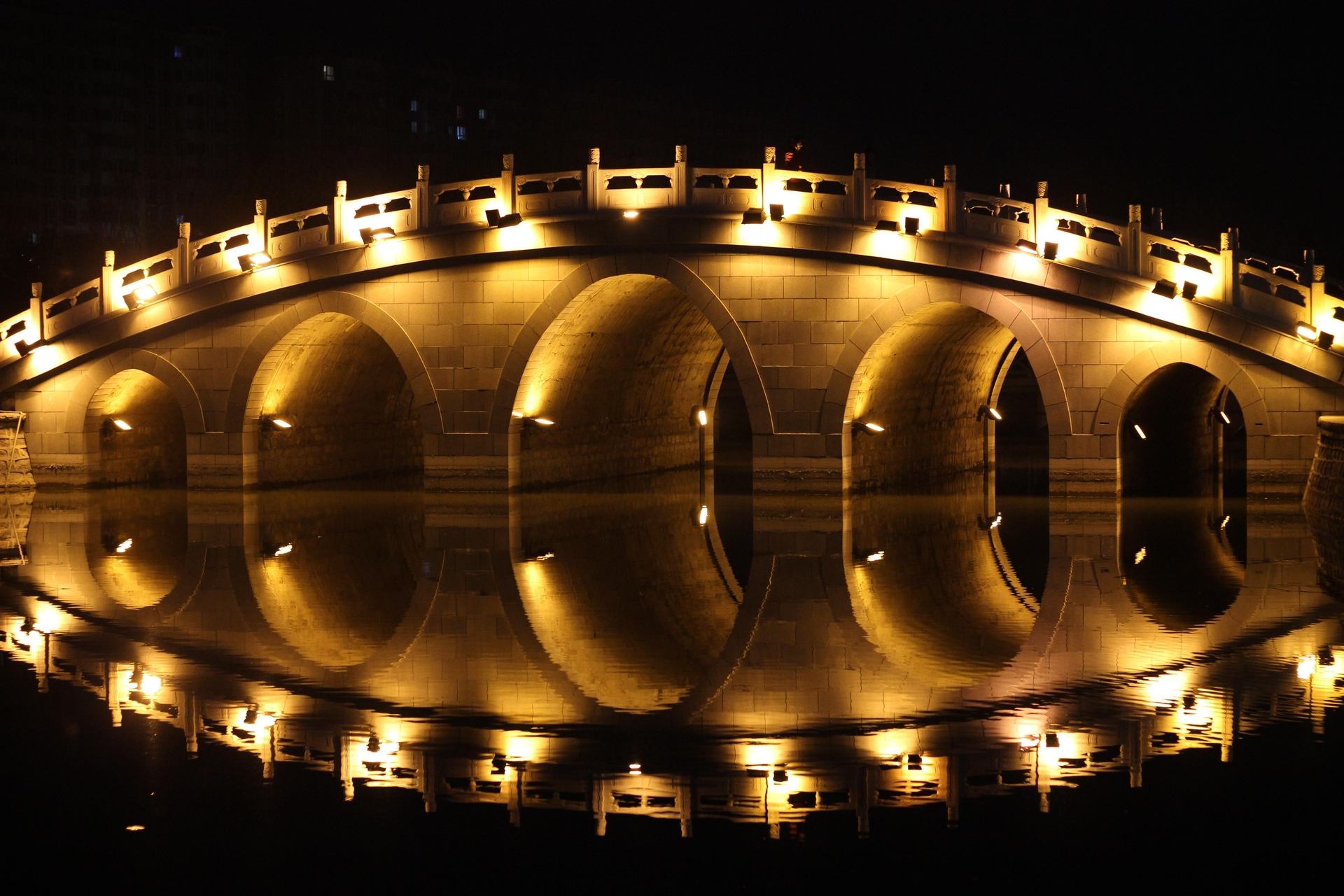The application of white LED in the lighting field has become more and more extensive, especially the energy saving and environmental protection of LED has been recognized by the world, how to improve the life of white LED and reduce the attenuation of white LED has become to a research and development project, we discussed the material to improve the white LED attenuation.
With the advent of blue light LED, white light LED can be easily obtained by the combination of fluorescer and blue light LED, which is the most mature way of white light packaging in the industry.At present, white LED has become a lighting of source, and general household lighting has become a reality.
1. The effect of chip on the light fading of white LED
According to the current experimental results, the effects of chip on light decay can be divided into two categories:
A: Different chip materials lead to different attenuation. Currently, common blue light wafer substrate materials are silicon carbide and sapphire.Silicon carbide is generally designed as a single electrode with good thermal conductivity, while sapphire is generally designed as a double electrode with poor thermal conductivity and difficult heat export.
B: The size of the chip, at the same chip material, the size of different attenuation gap is also different.
2. Effect of solid crystal substrate on light fading of white LED
In the white LED packaging industry, the commonly used solid crystal adhesive is epoxy resin insulation adhesive, silicone insulation adhesive, silver adhesive.Each of the three has advantages and disadvantages, in the selection of a comprehensive consideration.Epoxy resin insulation adhesive has poor thermal conductivity but high brightness.Silicone insulating adhesive has slightly better thermal conductivity and higher brightness than epoxy resin. However, due to a certain proportion of silicon, when the residual silicone on the side of the solid crystal is combined with the epoxy resin in the fluorescent adhesive, the layer separation phenomenon will occur. After the impact of cold and heat, the peeling will lead to the dead light.The thermal conductivity of silver glue is better than the former two, which can extend the life of LED chip, but the silver glue absorbs more light, resulting in low brightness.For the double-electrode blue chip, the control of the amount of glue is also very strict, otherwise it is easy to produce short circuit, which directly affects the yield of the product.
3. Effect of phosphors on light fading of white LED
There are a variety of ways to achieve white LED, one of the most widely used and most mature is to smear a layer of yellow phosphor on the blue light chip, so that blue light and yellow light are mixed into white light, so the material of phosphor has a great impact on the attenuation of white LED.The most mainstream phosphors in the market are YAG YAG aluminum garnet phosphors, silicate phosphors and nitride phosphors. Compared with blue light LED chips, phosphors have the function of accelerating the aging of white LED, and the effect of phosphors from different manufacturers on light decay is also different, which is closely related to the raw material composition of phosphors.
4. Effect of fluorescent glue on light fading of white LED
Traditional encapsulated white LED, fluorescein commonly used epoxy resin or silica gel, through the results of light decay experiment, using silica gel powder white LED life is significantly longer than the epoxy resin.One of the reasons is that the two methods above are used to encapsulate the finished LED, silicone than epoxy resin UV resistance and silicone heat dissipation effect is better than epoxy resin;However, under the same conditions, the initial brightness of silica gel powder is lower than that of epoxy resin powder. The main reason is that the refractive index of silica gel (1.3-1.4) is lower than that of epoxy resin (more than 1.5), so the initial light effect is not as high as that of epoxy resin.
5. Effect of bracket on light attenuation of white LED
LED brackets mainly include copper brackets and iron brackets.Copper support has good thermal and electrical conductivity and high price.However, the iron support is relatively poor in thermal and electrical conductivity, and is more likely to rust, but the price is cheap.Most leds on the market use iron stands.Different material supports have different effects on LED performance, especially on light fading.This is mainly because the thermal conductivity of copper is much better than that of iron, the thermal conductivity of copper is 398W (m.k), while the thermal conductivity of iron is only about 50W (m.k), only 1/8 of the former. In addition, the electroplating thickness of the scaffold is also closely related.When selecting the bracket, we should also pay attention to whether the size of the bowl and cup of the bracket matches the luminescent chip and module, and whether the matching quality is good or bad, which will directly affect the optical effect of white LED, otherwise it is easy to cause asymmetric spot shape, yellow circle and black spot, which will directly affect the quality of the product.
With the application of white LED in lighting, customer demand is also constantly improving, we must constantly innovate, improve the performance of our products to improve our technology, as far as possible to meet customer demand.In order to produce high-performance white LED products, whether the selection and matching of materials are the best or not directly affects the attenuation and quality of white LED. Therefore, the combination of good materials and the best matching, together with the special manufacturing process of iPHD, is the key to making white LED products as well.
For iPHD, we must give full play to our advantages and make continuous efforts to increase research and development to develop products more suitable for customers’ requirements.









Leave A Comment